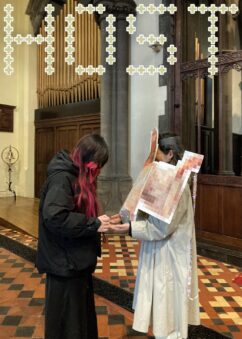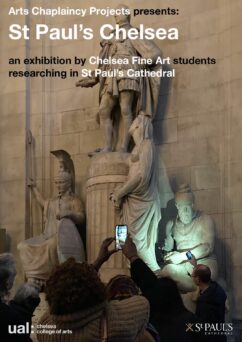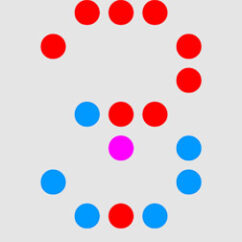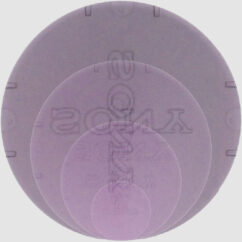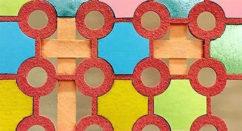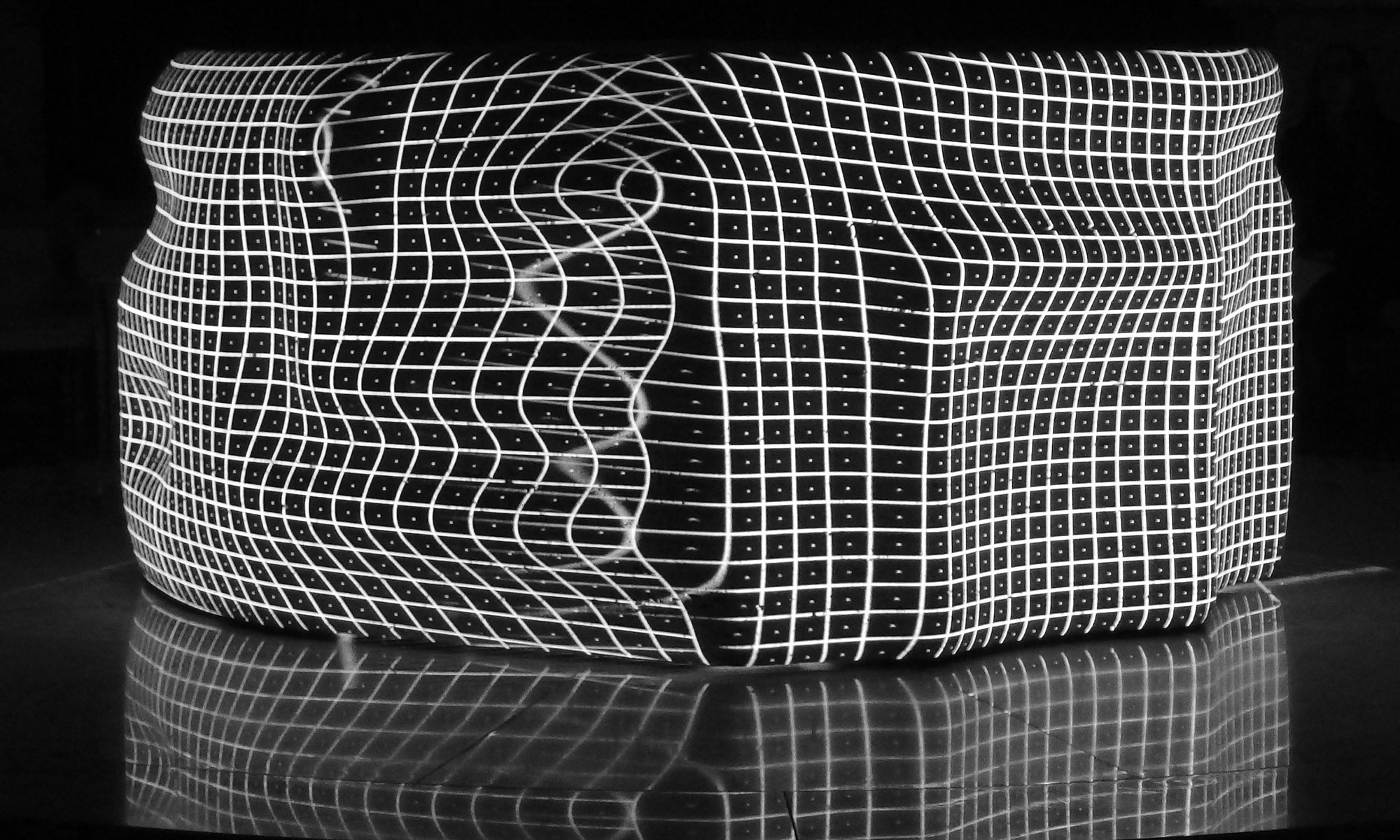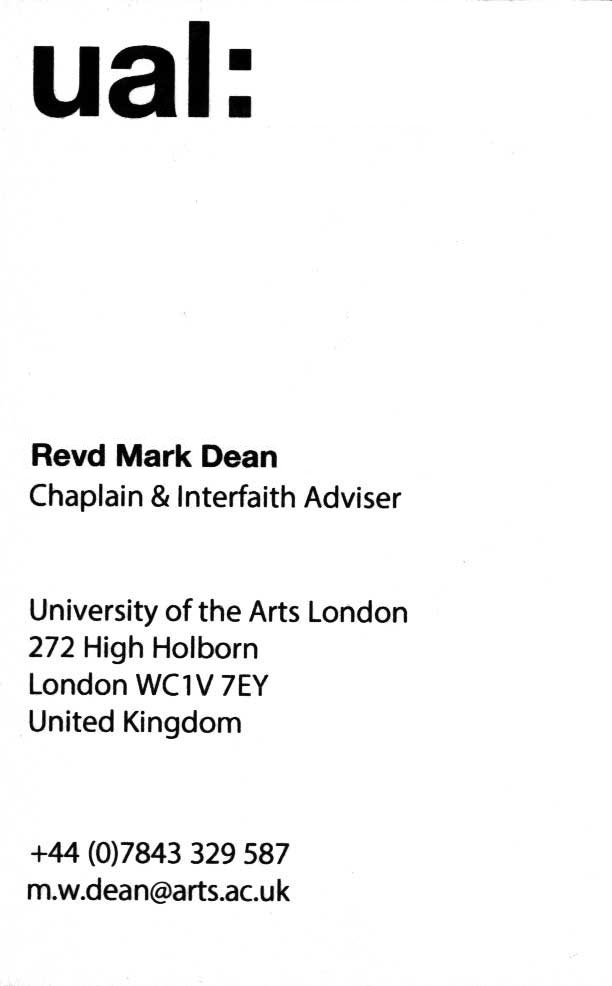14: Phil Baines

For catholics, there are two types of stations: traditional –
[1] Jesus is condemned to die [2] Jesus is given the cross [3] Jesus falls the first time [4] Jesus meets his mother [5] Simon of Cyrene carries the cross [6] Veronica wipes the face of Jesus [7] Jesus falls the second time [8] Jesus meets the women of Jerusalem [9] Jesus falls the third time [10] Jesus is stripped of his garments [11] Jesus is nailed to the cross [12] Jesus dies on the cross [13] Jesus’ body is removed from the cross [14] Jesus is laid in the tomb
– and those introduced by John Paul II in 1991: scriptural –
[1] Jesus in the Garden of Gethsemane (Mtt 26:36–41) [2] Jesus is betrayed by Judas and arrested (Mk 14: 43–6) [3] Jesus is condemned by the sanhedrin (Lk 22: 66–71) [4] Jesus is denied by St Peter (Mtt 26: 69–75) [5] Jesus is judged by Pontius Pilate (Mk 15: 1–5, 15) [6] Jesus is scourged at the pillar and crowned with thorns (Jn 19: 1–3) [7] Jesus bears the cross (Jn 19: 6, 15–17) [8] Jesus is helped by Simon the Cyrenian to carry the cross (Mk 15: 21) [9] Jesus meets the women of Jerusalem (Lk 23: 27–31) [10] Jesus is crucified (Lk 23: 33–4) [11] Jesus promises his kingdom to the good thief (Lk 23: 39–43) [12] Jesus speaks to his mother and the beloved disciple (Jn 19: 25–7) [13] Jesus dies on the cross (Lk 23: 44–6) [14] Jesus is laid in the tomb (Mtt 27: 57–60)
– and only some of these align. This is one of those.
As direct visual inspiration are the sixteenth century gospel harmonies of Nicholas Ferrar’s family at Little Gidding in Cambridgeshire near where I live. They would study existing bibles, make parallels (like I used to study in seminary years ago), then using ‘cut-and-paste’, construct a single account, or ‘harmony’.
The use of four different typefaces to represent the evangelists has parallels in the use by early printers of different typefaces to represent different languages, or different kinds of text.
The images are my own.
The translations are all from The new Jerusalem bible (London, Darton, Longman & Todd 1985), and the synoptic gospel parallels are from Burton H Throckmorton (ed.) Gospel parallels (Nashville & New York, Nelson 1967); the ‘harmony’ is mine.

